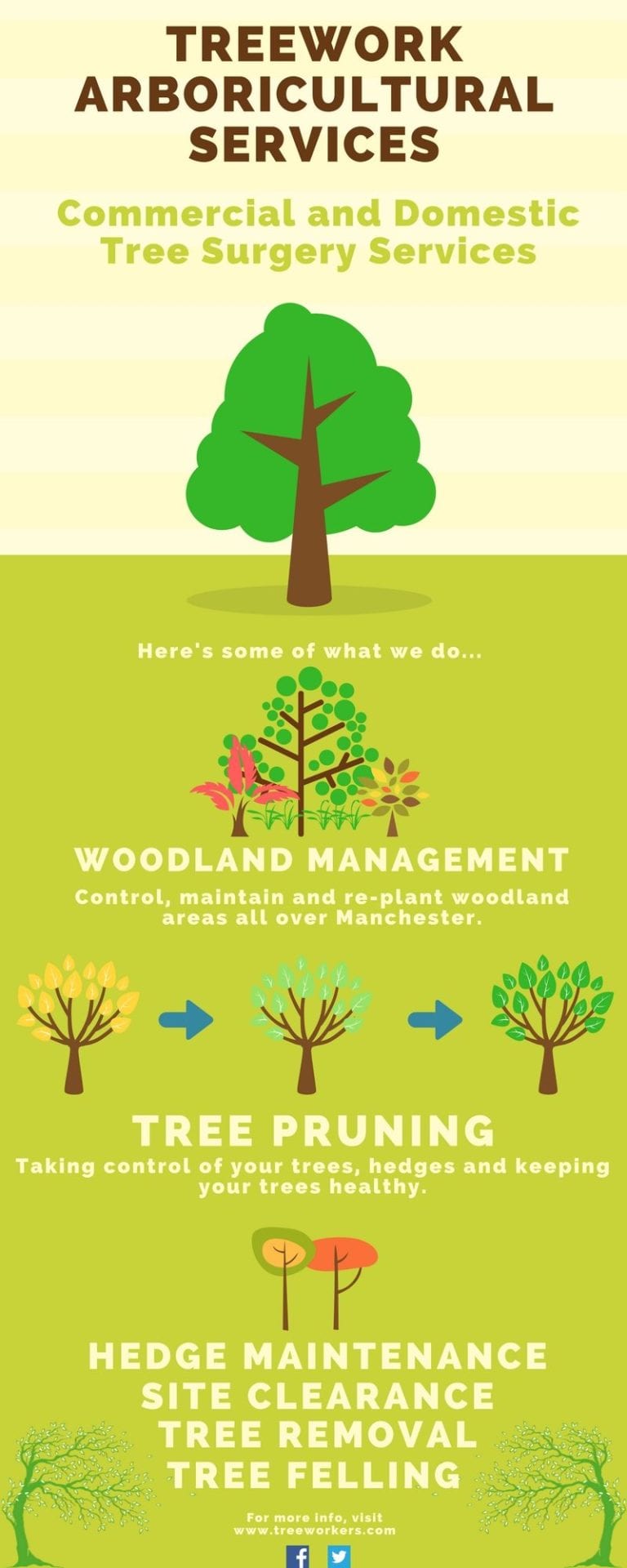Indication For Tree Elimination: Exactly How To Spot Harmful Trees
Indication For Tree Elimination: Exactly How To Spot Harmful Trees
Blog Article
Web Content Written By-Reid Connell
When it concerns tree care, identifying the indications that it's time for elimination is crucial for your safety and security and home. You may see blemished fallen leaves, wilting branches, or strange fungal growths showing illness. Architectural concerns, like a considerable lean or fractures in the trunk, can also pose risks. Recognizing these indication can assist you make informed choices regarding your trees and avoid prospective risks lurking in your backyard. What should you seek next?
Indications of Degeneration and Condition
When you see indicators of degeneration and disease in your trees, it's critical to act promptly. Search for discolored fallen leaves, wilting branches, or unusual developments like fungi. These can indicate that your tree is struggling.
If you see fractures in the bark or soft, mushy wood, these symptoms recommend internal decay. In addition, a sudden increase in pests around your tree can indicate that it's damaged and prone.
Check for any kind of dead or dying arm or legs, as they position a danger to your residential property and safety and security. If Pruning Montmorency Cherry Tree doubt about what you see, speaking with an arborist can provide quality.
Attending to these indicators early can conserve you from more comprehensive damage and ensure the health of your yard. Don't wait up until it's too late.
Structural Instability and Leaning
As you observe your trees, keep an eye out for any kind of indications of structural instability or leaning. If a tree leans dramatically, it might suggest that the origin system is jeopardized.
Try to find any cracks in the trunk or soil around the base; these can indicate potential failure. In https://www.google.com/maps/uv?pb=!1s0x87695392e3f6d517%3A0xc91102aef5ddf5d8!5sPrecision%20Timber%20Felling!15sCgIgARICEAE&authuser=2&imagekey=!1e10!2sAF1QipMpnjEK3I-6jrB--U8dka2iaEa6jJ_P7Cxc5HQY , check for uncommon growth patterns, like a lopsided crown, which might recommend that the tree is struggling to hold itself upright.
If you see that the tree leans toward your home, high-voltage line, or various other structures, it presents a better threat. Do not overlook these signs-- speak with an arborist to examine the situation.
Acting early can stop expensive damages and ensure your security.
Dead or Perishing Branches and Vegetation
If you discover dead or dying branches and vegetation on your tree, it's a clear indication that something's incorrect.
These harmful locations can indicate underlying problems like illness, bug invasions, or environmental stress and anxiety. When branches shed their leaves or transform brownish, they're no more adding to the tree's wellness. Overlooking these signs might lead to further decrease, making your tree more unsafe.
Dead branches can easily break short during tornados, positioning a danger to building and people close by. It's vital to assess the extent of the damages.
If the issue impacts a significant part of the tree, consider consulting a specialist. They can help identify if elimination is essential to guarantee security and maintain the appeal of your landscape.
Final thought
If you discover any type of indicators of decay, architectural instability, or dead branches on your trees, don't neglect them. These indicators can position serious safety dangers to you and your residential or commercial property. It's always best to speak with an expert arborist that can supply a specialist analysis of your trees. Acting early can avoid mishaps and pricey damage, guaranteeing your landscape continues to be secure and healthy. Bear in mind, it's better to be proactive regarding tree care than to wait for a disaster to happen.
